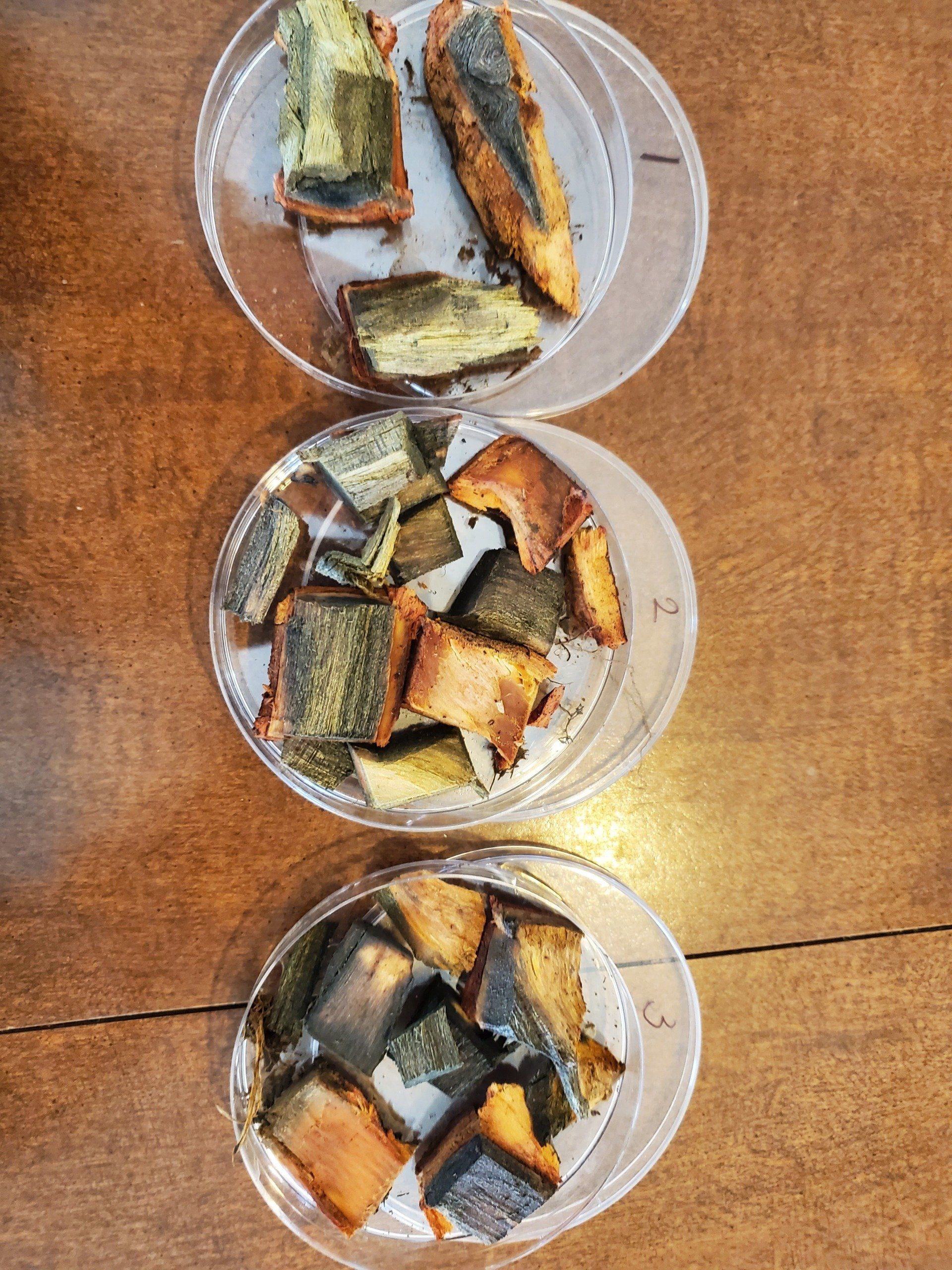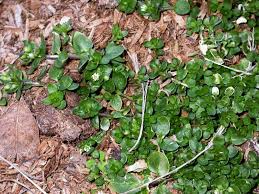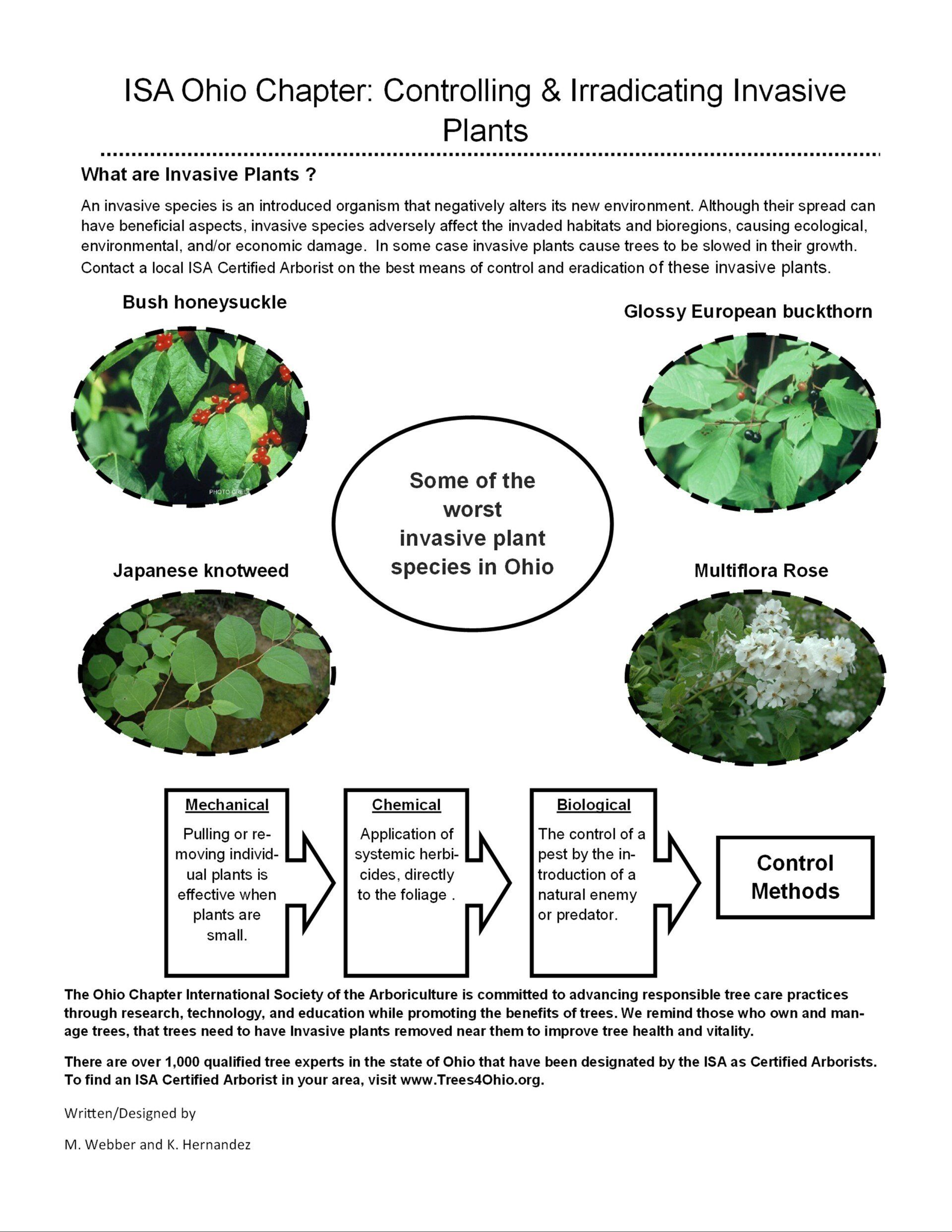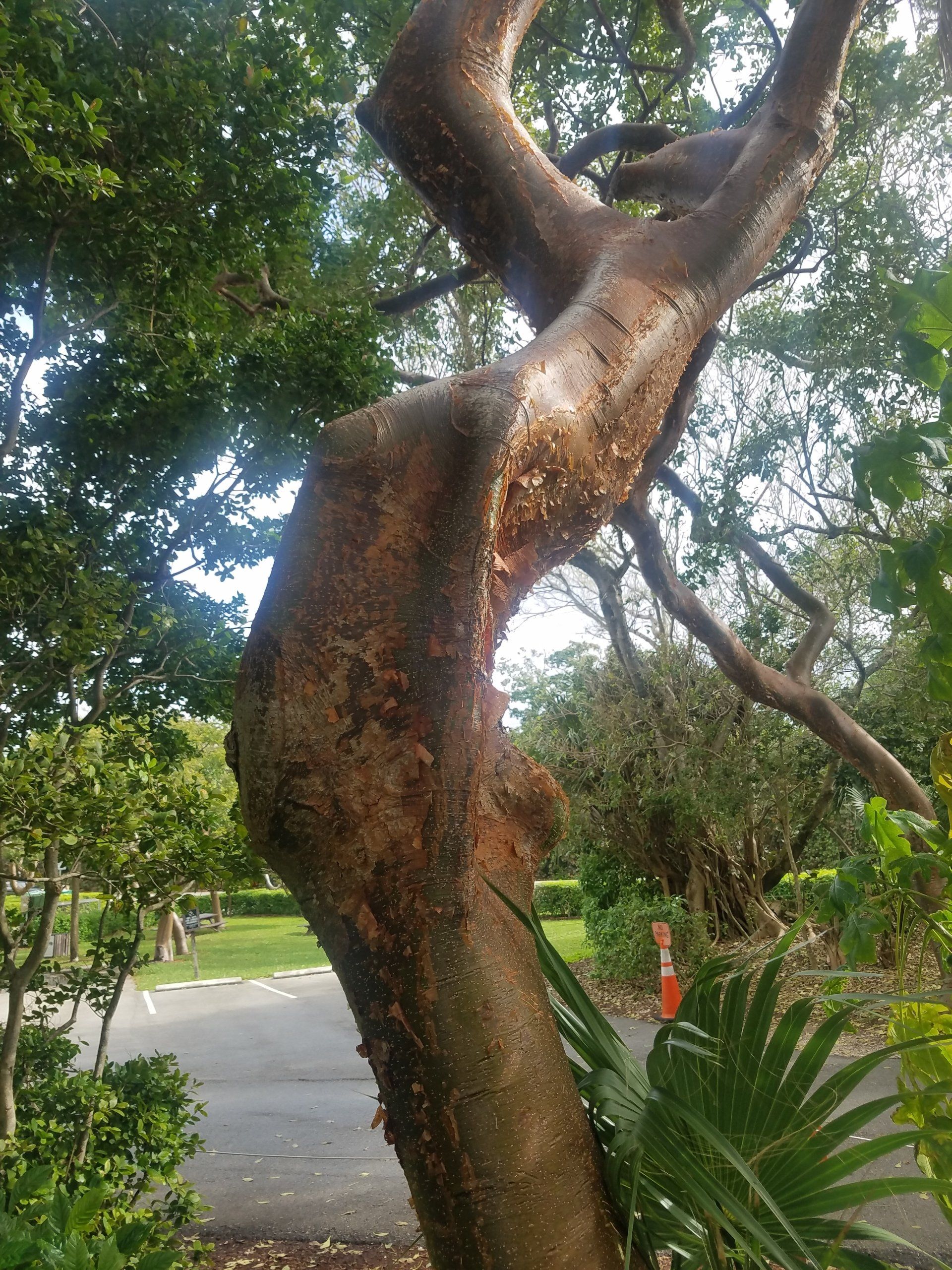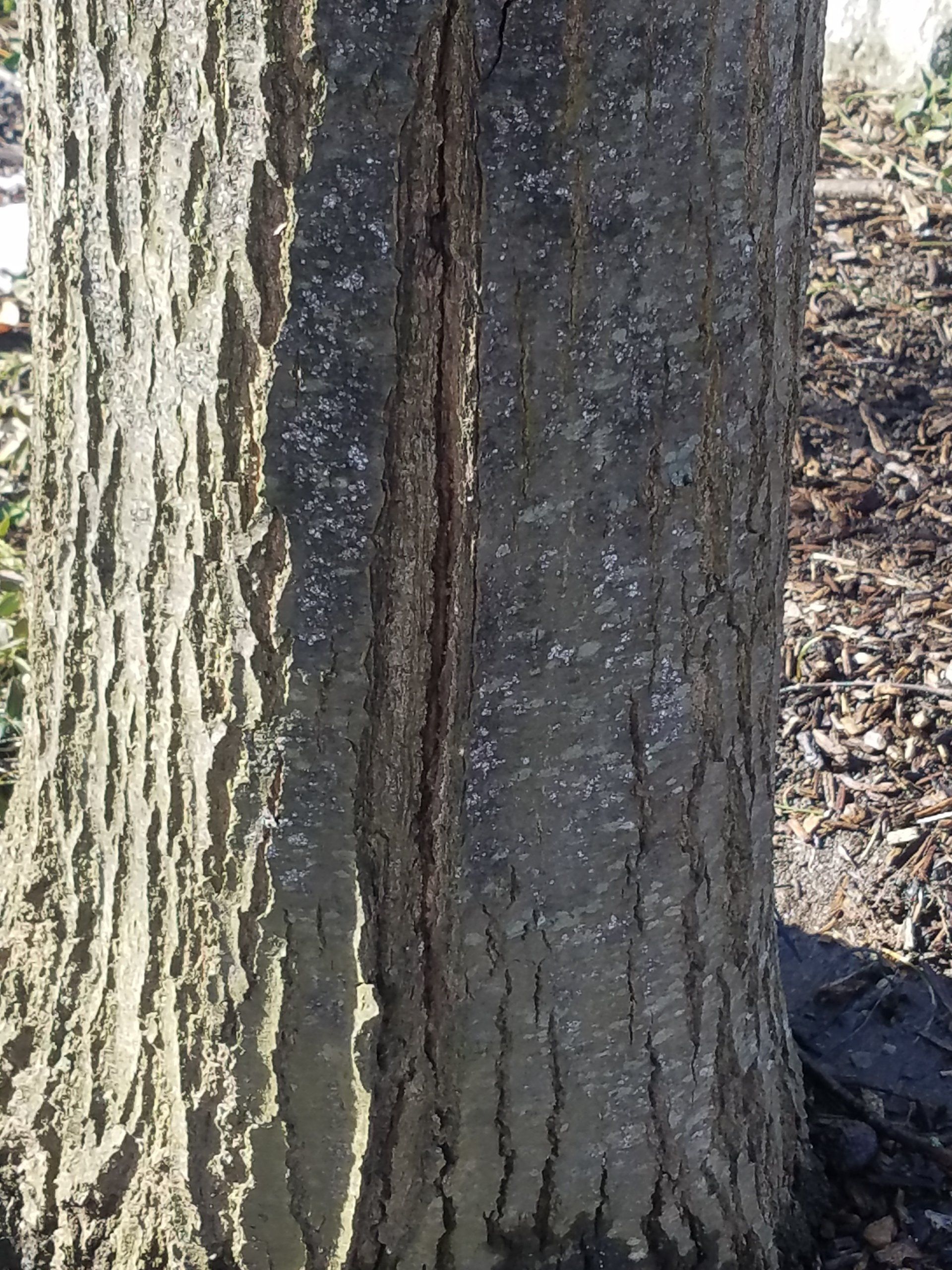Fall Weed Control
Stop spring weeds now!
Every spring I lot of property owners and managers complain about weed problems that can be easily controlled in the fall prior. Those kind of weeds would include chickweed, henbit, dandelion and many others. To better understand how to manage weeds you need to know the biology and the life cycle of the plant in question.
LIFE CYCLES OF WEEDS
Weeds can also be classified according to how long it takes them to complete their development or life cycle. The three types of plant life cycles for weeds are annual, biennial, and perennial.
ANNUAL WEEDS
Plants that complete their life cycle in one year are annuals. They germinate from seed, grow, mature, produce seed, and die in one year or less. Annuals reproduce by seed only and do not have any vegetative reproductive parts. Annual weeds are easiest to control at the seedling stage.
BIENNIAL WEEDS
Biennials are plants that complete their growth in two years. The first year, the plant produces leaves and stores food. The second year, it produces fruits and seeds. They are easiest to control in the seedling stage.
PERENNIAL WEEDS
Perennials are plants that live for two or more years. Perennials can reproduce by seed or vegetatively. The plant parts that allow
perennials to spread without producing seeds include stolons (creeping above ground stems—e.g., white clover and strawberries),
rhizomes (creeping below ground stems —e.g., milkweed, quackgrass), tubers (enlarged underground stems—e.g., potato, yellow nutsedge), and bulbs (underground stem covered by fleshy leaves—e.g., tulip). Because perennial weeds can propagate (spread) underground, they can be the most difficult weeds to control. Removing the aboveground vegetation will not stop the weed from spreading.
Fall Weed control
Fall is the time to attack those weedy pests to get better results! Applications of pre-emergent herbicides as well as post directive applications in September through November will remove many soon to be unwanted weeds in the landscape beds for next spring. You should always follow label directions.


